Japanese Traditional Desserts
Discovering the Sweet Side of Japan
When you think of Japan, it’s easy for your mind to wander to images of sushi, cherry blossoms, and lightning-fast bullet trains. But did you know there’s a whole world of traditional Japanese sweets just waiting to surprise your taste buds? These aren’t just ordinary desserts—they’re edible works of art that are as beautiful as they are delicious!
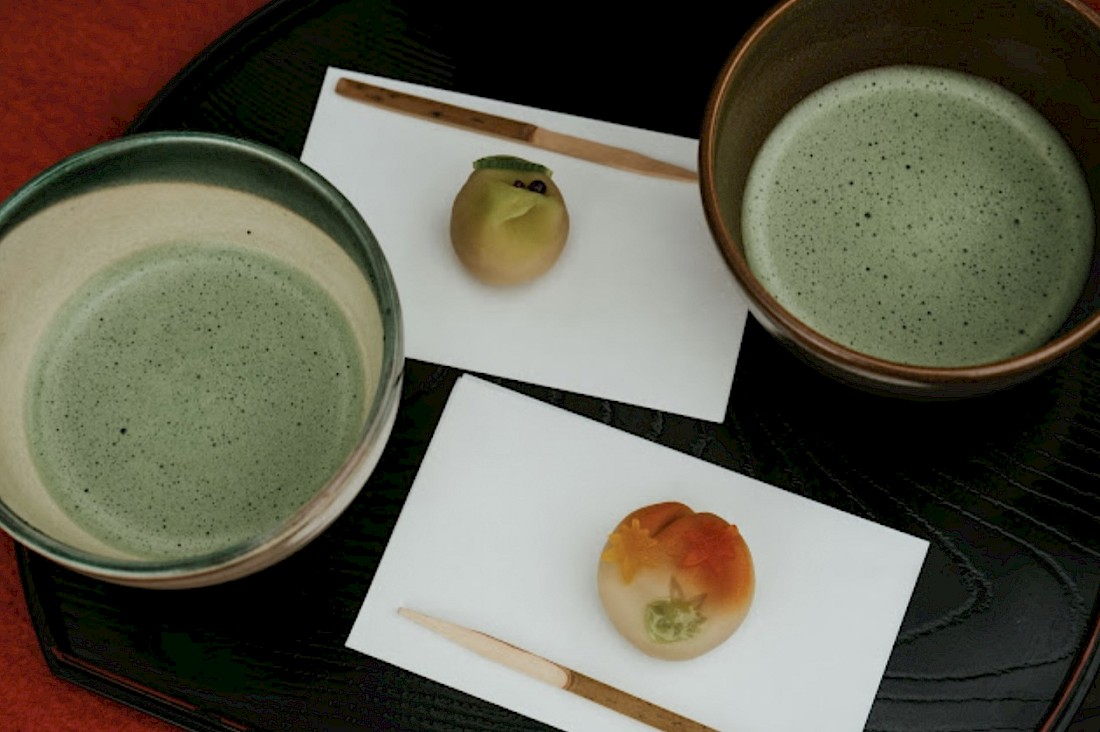
Over centuries, new ingredients shaped wagashi into the diverse sweets enjoyed today. As in centuries past, beans, especially red beans (azuki), are essential. Sometimes they’re transformed into a smooth paste called koshian, or a chunkier version with the skins, called tsubuan. Sugar is another key player, with the unique wasanbon—a fine, melt-in-your-mouth sugar from Shikoku—adding a delicate sweetness to many treats. And when it comes to flour, there’s hakurikiko (cake flour), mochiko (sticky rice flour), shiratamako, and more. Each brings a different texture, from fluffy to chewy.
Must Try Japanese Sweets
One of the best ways to truly connect with Japanese culture is by indulging in its delicious and unique traditional sweets (wagashi). These delightful treats can be found everywhere from cozy cafes and bustling food stalls to peaceful temples, specialty sweet shops, and even your local supermarket or convenience store. No visit to Japan is complete without sampling these iconic desserts! Whether you’re a first-time visitor or a seasoned traveler, here are some Japanese sweets you simply can’t miss.
1) Namagashi
This delightful traditional sweet that truly captures the essence of Japanese artistry. Crafted from rice flour and filled with sweet bean paste, each piece is carefully shaped by hand to reflect the beauty of the current season—think cherry blossoms in spring or maple leaves in autumn. Not only are these treats a feast for the eyes, but they also play a special role in Japanese tea ceremonies, where their delicate flavors perfectly complement the subtle notes of matcha. If you’re looking for a unique and elegant way to experience Japanese culture, trying namagashi is a delicious place to start!
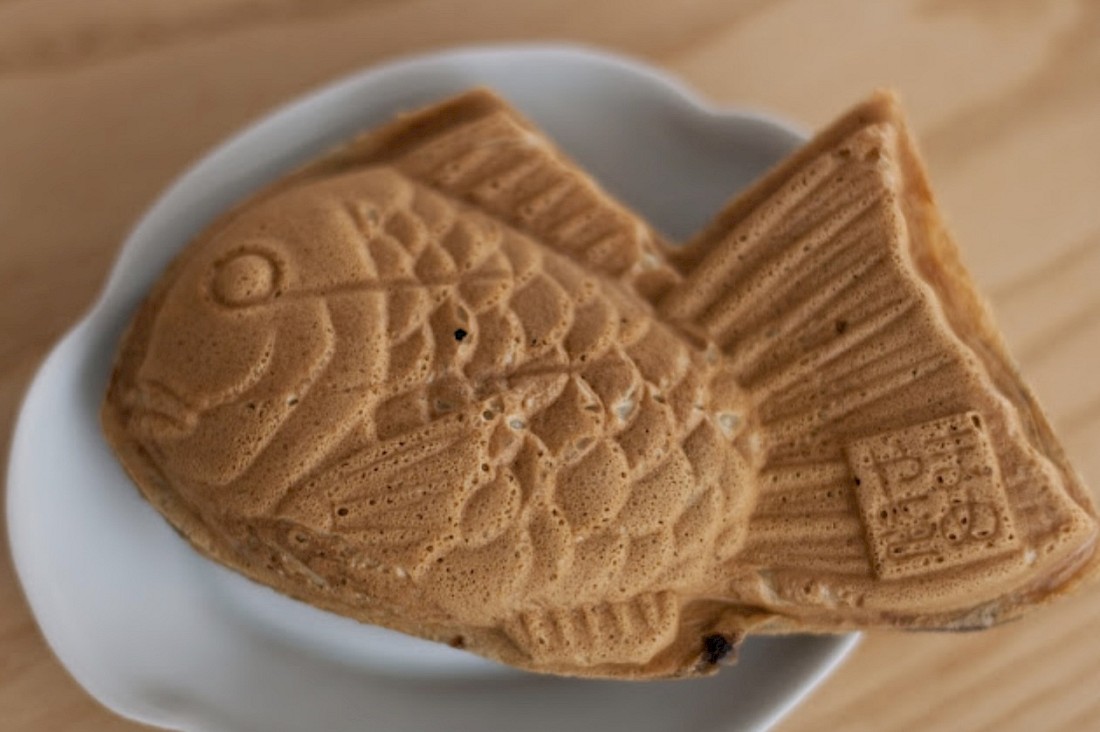
2) Taiyaki
Taiyaki instantly catches your eye with its playful fish shape. Resembling a blend between a pancake and a waffle, this Japanese sweet is traditionally filled with smooth, sweet red bean paste. However, modern twists have introduced fillings like creamy custard, rich chocolate, or even savory cheese, making each bite a new adventure. Taiyaki is at its absolute best when it’s served hot off the grill—crisp on the outside and deliciously warm inside. More than just a tasty snack, taiyaki’s fish shape is modeled after the red sea bream, a symbol of good luck in Japan, making every bite feel a little extra special!
3) Daifuku
A beloved Japanese treat, Daifuku is sure to make your taste buds smile! Picture a soft, round, and slightly sticky rice cake, lovingly wrapped around a sweet filling—traditionally a smooth bean paste, but modern twists include juicy strawberries, creamy ice cream, or even whole beans. Unlike the shelf-stable Western “mochi,” daifuku is always made fresh and meant to be enjoyed the very same day, since it tends to harden once exposed to air. With its irresistible texture and inventive flavors, it’s no wonder daifuku is one of Tokyo’s most popular sweets. If you ever get the chance, don’t miss this delightful, melt-in-your-mouth experience!
4) Yokan
For those on the go, Yokan is a delightful Japanese treat that’s both unique and satisfying! Firm and jelly-like in texture, this sweet is crafted from red bean paste and kanten (agar), giving it a smooth consistency and just the right amount of chewiness. You’ll find yokan in a variety of delicious flavors, including classic green tea, rich azuki bean, or deep, caramel-like black sugar. Its compact size—about the same as a pack of gum—makes yokan an ideal snack to slip into your bag and enjoy whenever you need a little pick-me-up on the go.
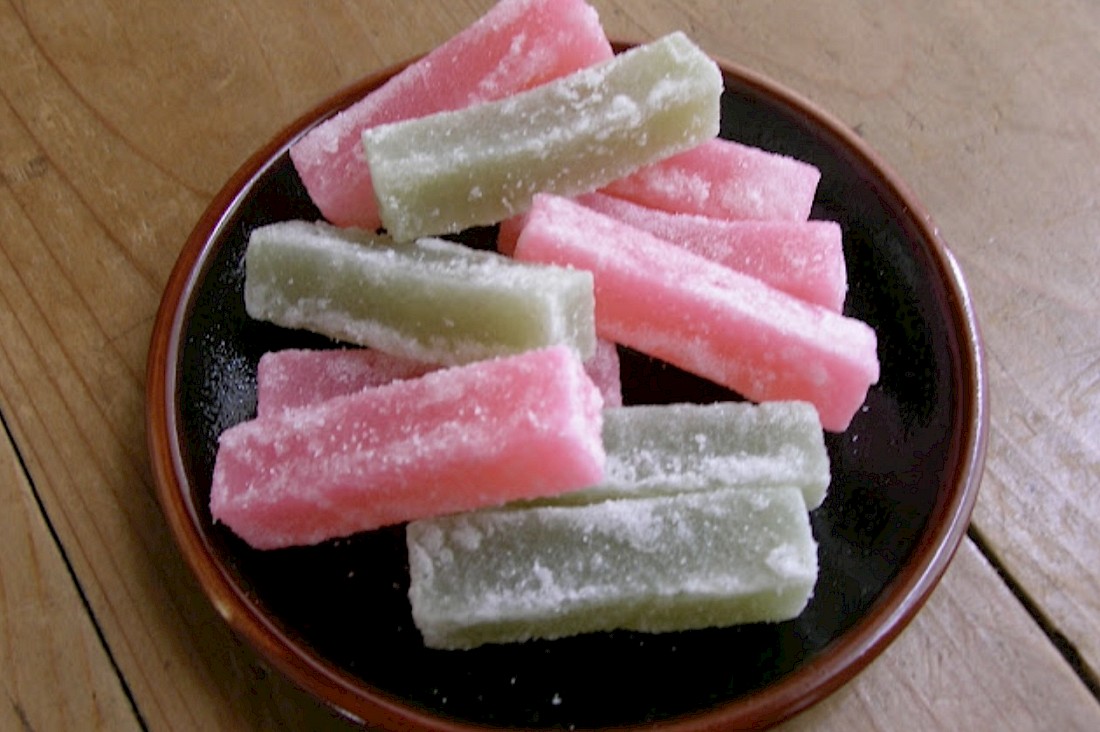
5) Dorayaki
This Japanese treat is the best of both worlds—imagine two pillowy, golden pancakes hugging a sweet filling in the middle! Traditionally, this Japanese snack is stuffed with smooth red bean paste, but you’ll also find delicious variations like whipped cream, custard, or even green tea-flavored cream. Dorayaki isn’t just a favorite among foodies; it’s also famously loved by Doraemon, the beloved anime character. Whether you’re a fan of classic flavors or feeling adventurous, there’s a dorayaki out there to satisfy your sweet cravings!
6) Anmitsu
Anmitsu is perfect for cooling off on hot summer days. It features a delicious combination of sweet bean paste, chewy rice flour dumplings, and refreshing agar jelly cubes. To make it even more enticing, Anmitsu is often topped with a colorful assortment of fruits, beans, and sometimes a scoop of creamy ice cream. With its wonderful mix of textures and flavors, this treat is sure to bring a smile to anyone’s face!
7) Kakigori
This treat features finely shaved ice topped with a variety of flavorful syrups such as matcha, condensed milk, fruity flavors, or even sweet azuki beans. Each bite is light, refreshing, and bursting with taste, making kakigori a favorite way to cool down when the temperatures rise. If you’re looking for a sweet, icy pick-me-up, kakigori is a must-try!
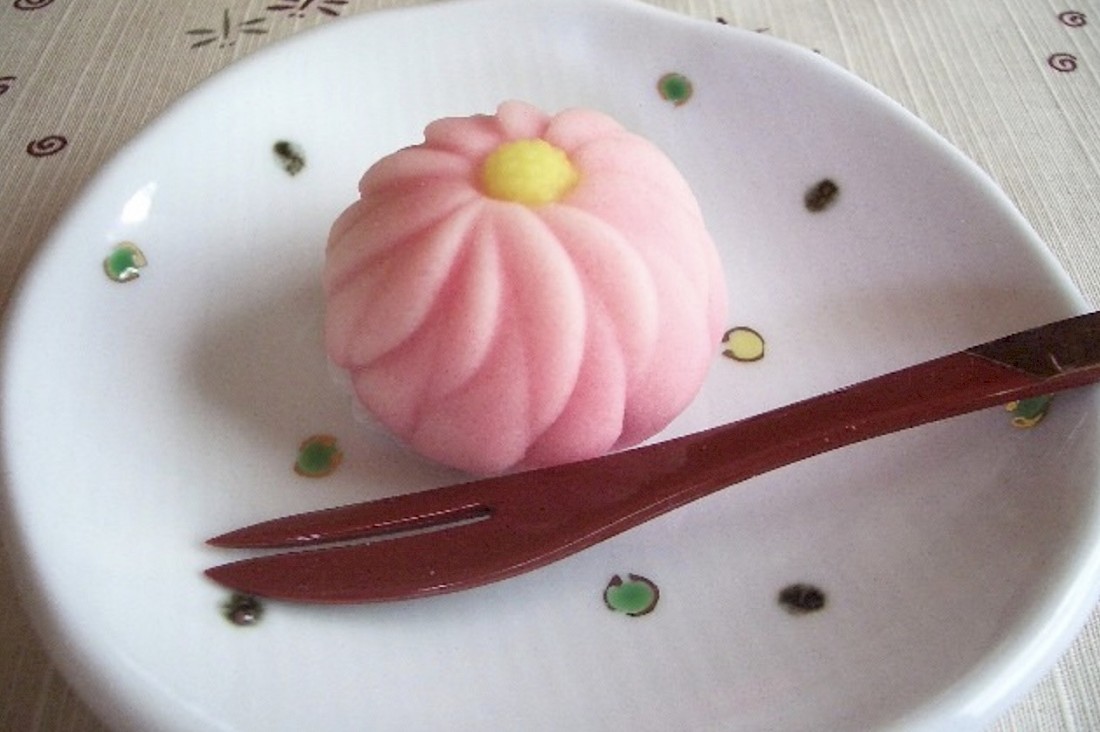
8) Dango
Dango are chewy little dumplings crafted from rice flour that offer a unique taste and texture. Typically, you’ll find three or four dango served on a skewer, making them not only delicious but also fun to eat! They’re often finished with a sweet glaze or a rich bean paste. If you’re new to dango, be sure to try the popular mitarashi dango, which features a glossy, sweet-salty soy sauce glaze. It’s the perfect way to experience a true taste of Japan in every bite!
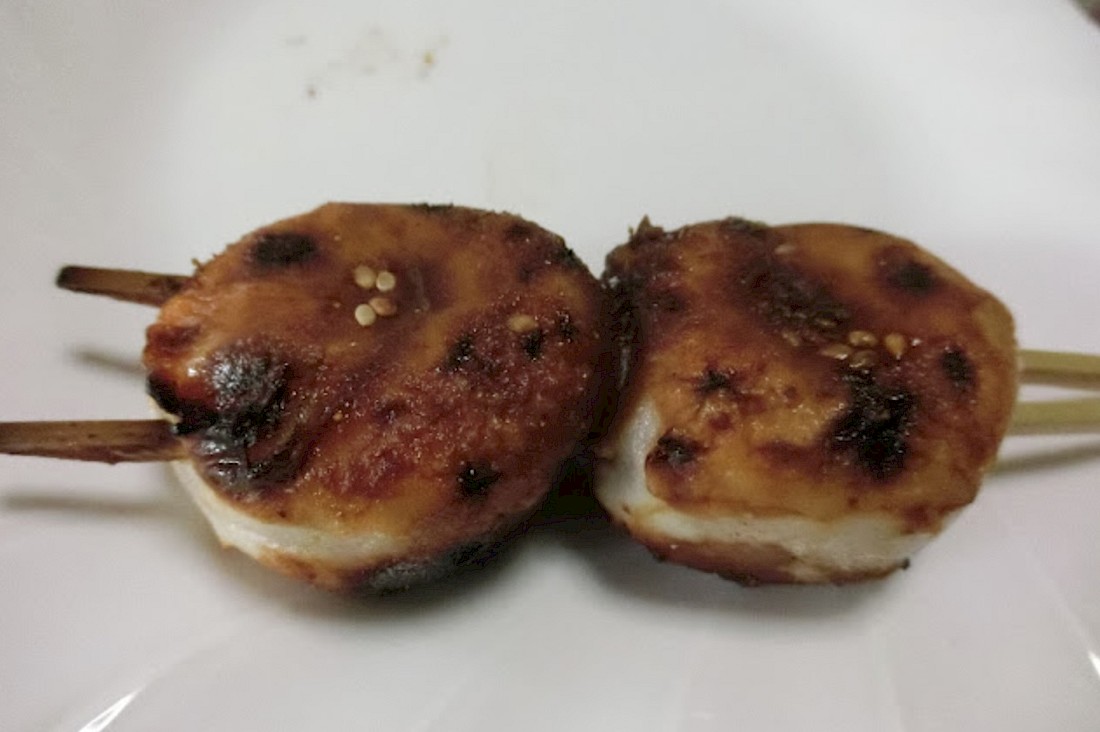
9) Kasutera
This treat, also known as Castella, is a delightful honey-scented sponge cake that has been charming taste buds in Japan since the 16th century. Introduced by the Portuguese, this beloved treat stands out thanks to its distinctive chewy texture—a unique quality achieved by using bread flour instead of the usual all-purpose flour. With every bite, you’ll enjoy a soft, springy cake that’s subtly sweet and wonderfully aromatic, making it a favorite for tea time or as a special gift.
10) Manju
Manju are delightful leaf-shaped cookies. You’ll find them either steamed or baked, each with a delicious sweet bean paste inside. Originally from Hiroshima, these treats were crafted to resemble the region’s iconic maple leaves. They’re not overly sweet—so you can definitely enjoy more than just one!
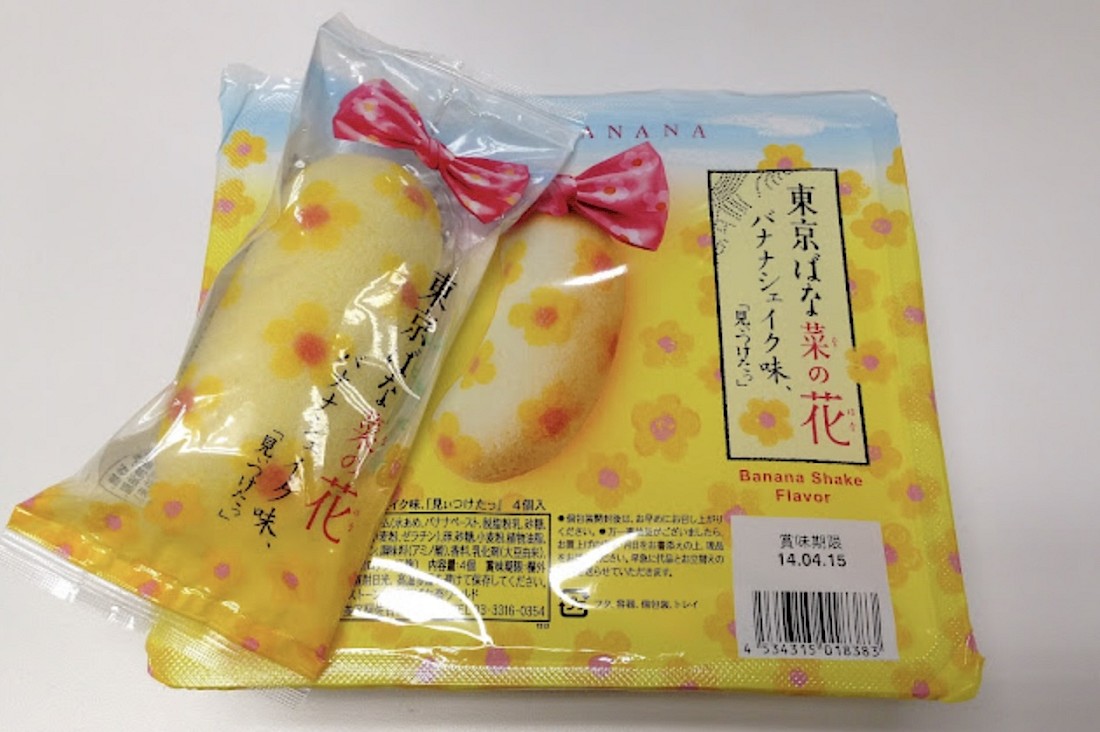
11) Tokyo Banana
If you’re searching for a delightful treat to bring home from your visit to Tokyo, look no further than Tokyo Banana! This beloved Japanese souvenir is a soft, banana-shaped sponge cake filled with a luscious, sweet banana custard cream. Many say it’s like the Japanese answer to a Twinkie, thanks to its wonderfully light, fluffy texture and irresistibly creamy center. Whether you’re picking up a box for friends or indulging in a few yourself, Tokyo Banana is sure to bring a smile to anyone who tries it!
Are Japanese Sweet Treats Delicious?
If you’re curious about whether Japanese confectionery lives up to the hype, the short answer is: Absolutely! But, there’s a little more nuance to the story. Traditional Japanese sweets often have flavors quite different from the creamy, dairy-filled treats you might be used to. Instead of butter and cream, many of these delights are made with ingredients like sweet bean paste and rice flour, which can be a bit surprising at first bite.
If you’re just starting your journey into Japanese sweets, it’s a good idea to begin with confections that feature dairy, such as Kasutera (a fluffy sponge cake) or Dorayaki (pillowy pancakes with sweet filling). Both are delightfully soft and packed with flavor, making them perfect introductions. Once you’ve gotten a taste for these, you might find yourself ready—and even excited!—to dive into the traditional, dairy-free treats that are beloved in Japan.
Do Japanese Sweets Have Expiry Dates?
When it comes to Japanese desserts, their shelf life can vary quite a bit! The most delicate treats, such as jonamagashi, are best enjoyed within a day or two because their ingredients are so fresh and fragile. Similarly, dango, which has a high water content, should ideally be eaten the same day—or at most, the next day—to experience them at their absolute best. For these sweets, the golden rule is: the fresher, the better!
On the other hand, there are Japanese confections like yokan that last much longer thanks to their high sugar content. Some varieties can be stored for over a year and are even used as emergency rations in Japan! Just keep in mind, once you open them, their shelf life shortens, so always check the packaging or ask the seller for storage tips. It’s all about enjoying these delicious treats at their peak!
Unique Japanese Sweets Worth Trying
If you’re planning a trip to Japan, make sure to treat yourself to some fresh Japanese sweets that you simply can’t find anywhere else! Delights such as daifuku (soft rice cakes filled with sweet bean paste), dango (chewy rice dumplings on a skewer), and anmitsu (a refreshing jelly dessert served with fruit and syrup) are crafted by skilled artisans using traditional techniques and specialized tools. Because of this, these treats rarely make it outside Japan in their authentic, fresh form. Most Japanese sweets sold overseas are the packaged varieties, so biting into a freshly made dessert in Japan is an experience that’s both unique and delicious. Don’t miss your chance to savor these local favorites straight from the source!
Where to Find Authentic Sweets in Tokyo
If you’re craving a true taste of Tokyo’s sweet side, you’re in for a treat!
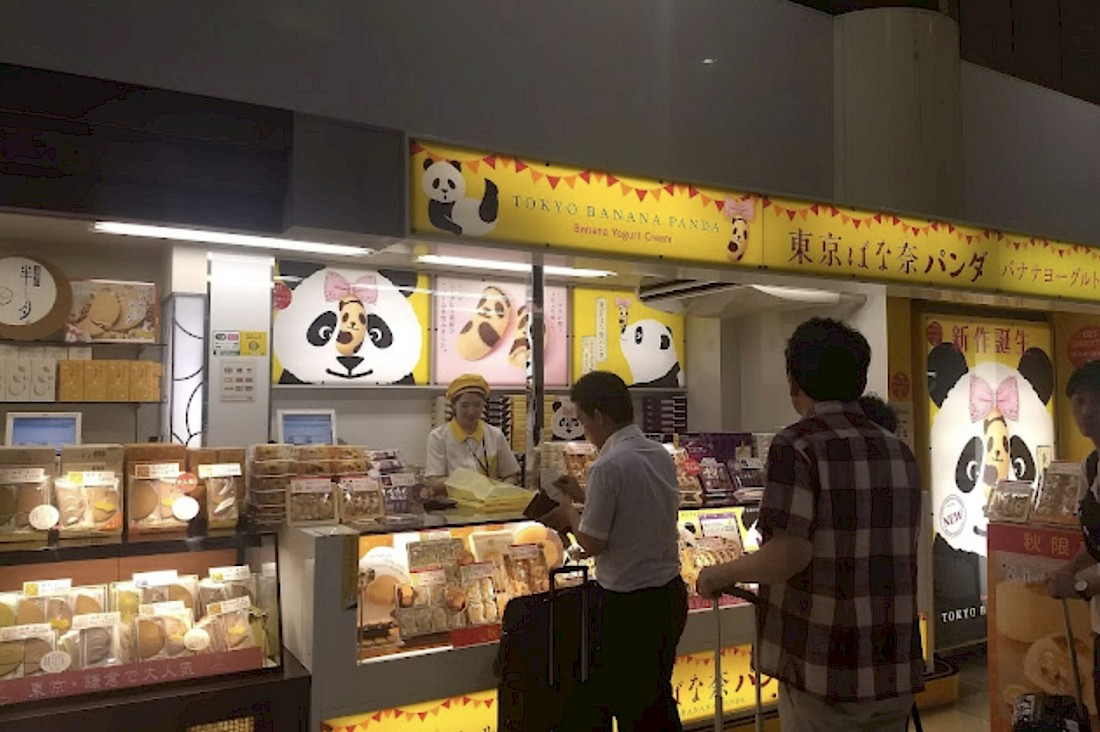
Asakusa: This neighborhood is a must-visit, known for its charming old architecture and the lively Nakamise street that leads right up to the iconic Sensoji Temple. Here, you can sample a variety of traditional Japanese sweets from both shops and bustling street stalls—perfect for snacking as you soak up the historic atmosphere.
Nihonbashi: For a quieter experience, head to Nihonbashi, just north of Ginza. This area offers a peaceful escape from the crowds, and its calm streets are lined with storied confectionery shops. It’s a wonderful spot to find unique treats and enjoy a slower pace.
Ningyocho: Don’t miss Ningyocho, located northeast of Nihonbashi and a pleasant walk from the Sumida River. Rich in Edo-period history, this neighborhood is dotted with tiny, independent sweet shops. It’s the perfect place for a leisurely stroll and a delicious journey back in time!
Whether you’re a longtime lover of sweets or just starting to explore the world of Japanese treats, traditional Japanese confections are sure to surprise and delight you. Each bite offers a unique blend of flavors, textures, and artistry that reflects centuries of culinary tradition. From delicate mochi to beautifully crafted wagashi, there’s a sweet adventure waiting for everyone. So go ahead—treat your taste buds to something special and let Japanese sweets take you on a flavorful journey you won’t soon forget!

